One size doesn’t fit all: In Salt Lake City, a community rethinks how it helps its homeless
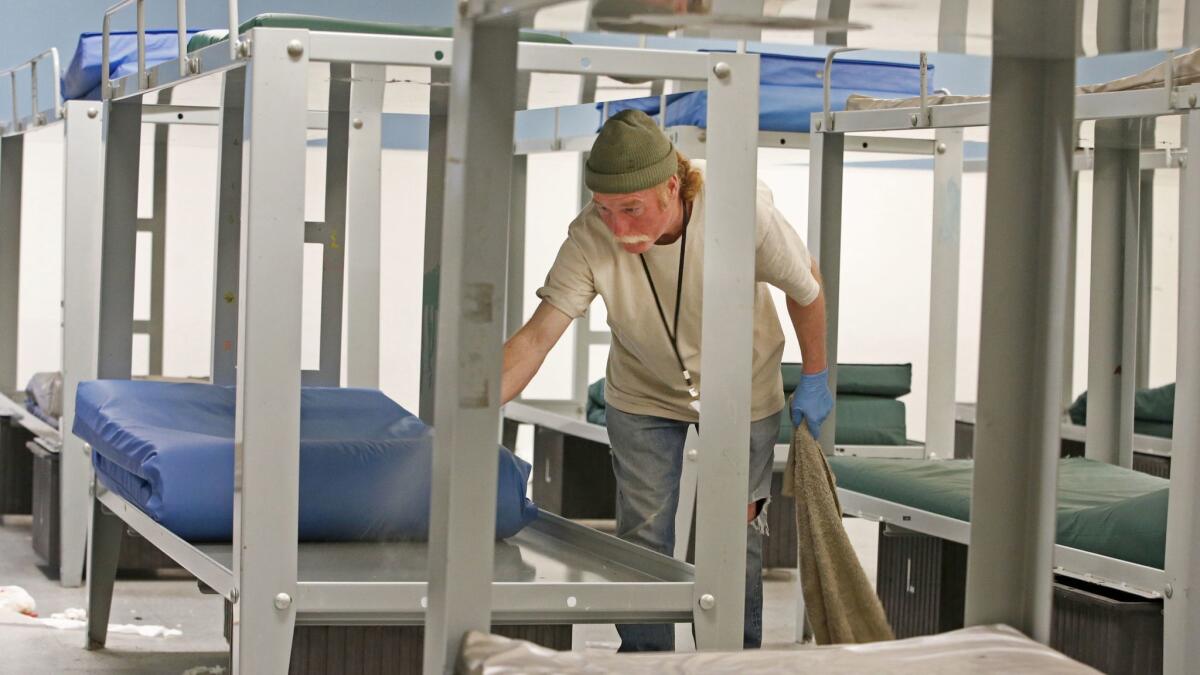
- Share via
Reporting from SALT LAKE CITY — For decades, the Road Home has served the city’s neediest population, providing beds, meals, showers and laundry service for hundreds of people a night, mostly single men.
Then, as demand began to explode five years ago with homeless families showing up in growing numbers, the Road Home found itself in a fatal spiral.
Within the homeless services community, it became viewed as a vast, barracks-like crash pad that reflected an outmoded, and inefficient, homeless policy.
At the same time, the aging two-story cinder-block building was falling out of sync with its surroundings west of Salt Lake City’s expanding downtown. Its neighbors now include a high-end outdoor mall one block to the north, a Hilton Homewood Suites one block to the south, and closer still, a hip restaurant in the historic Rio Grande train station.
All the while, the shelter and a Catholic Charities community center across the street from it had become magnets for the most intractable element of the homeless population, the drug addicted and the dealers who prey on them.
The streets to the west and east of the Road Home have become a mini skid row, with men and women and even families sleeping under tarps or on the bare sidewalk, some using intravenous drugs with indifference to anyone watching.
Now, dramatic change is coming.
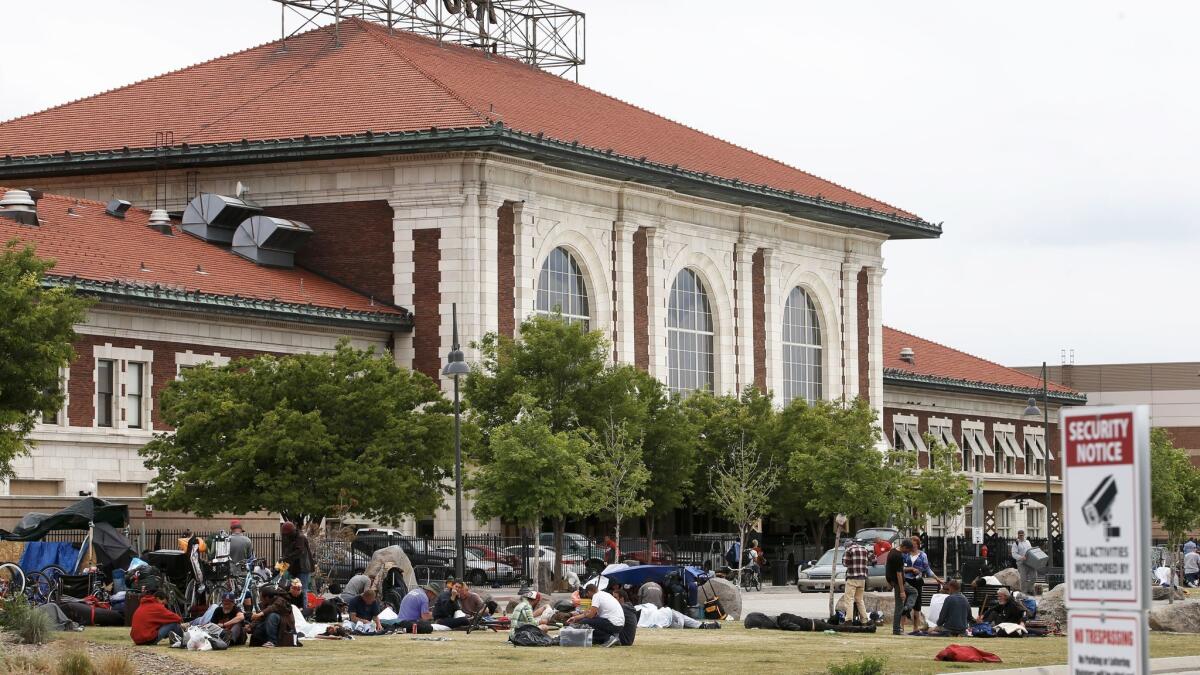
After a wrenching public debate, city, county and state elected officials have decided to shut down the Road Home and build three new, smaller shelters with public and private funds.
“We’re changing our shelter model from a large, one-size-fits-all crisis center to something that is tailored to individual needs,” said Shaleane Gee, Salt Lake County’s director of special programs and partnerships.
A key strategy will be increasing coordination between the homeless services and other county systems, such as healthcare, schools and criminal justice, Gee said.
The Road Home, designed for 800, routinely serves about 1,000 people on busy nights. Cots are squeezed into the director’s office, and there is little space to adequately provide services that can help get people off the streets.
Case management, housing navigators, drug and alcohol treatment, health screening and employment counselors will be baked into the new, more manageable facilities, rather than squeezed into spaces that were never meant for them.
The nonprofit corporation that has operated the Road Home since 1988 has been retooled as a quasi-county agency to manage the construction, scheduled to be complete within two years.
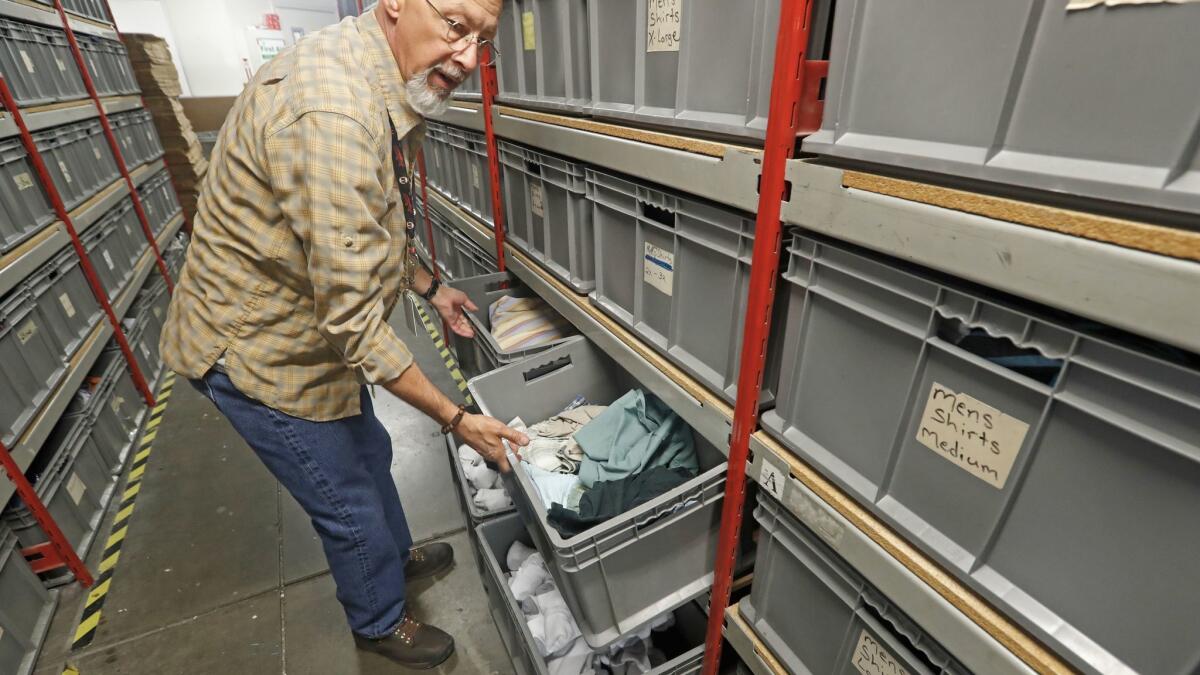
The effort started with a committee convened by county Mayor Ben McAdams in response to community pressure to move the Road Home, an idea he opposed.
“If the shelter is not working in one location and, if you pick up and move the same model, it’s not going to work,” McAdams said.
He assembled a committee of civic leaders to examine the homeless services system from top to bottom. The group concluded that an overhaul was needed.
The Road Home “is not serving anyone well who was on our committee, from business owners to residents to shelter providers to other service providers,” McAdams said.
The Legislature appropriated $20 million to buy land and build new shelters, threw in some operating money and also passed a bill that gave the mayors of the city and county the power to designate sites and override zoning restrictions. A $4-million donation from a real estate investor primed a campaign that already has reached $15 million of its goal to fund the $52-million project.

But the program has encountered both political and humanitarian obstacles.
Facing intense opposition, Salt Lake City Mayor Jackie Biskupski backed off a proposed site in a residential neighborhood, and four shelters became three, with two in the city and one in the county.
McAdams, seeing opposition to every location he considered, finally chose a semi-rural site near a county jail in the suburb of South Salt Lake, provoking its mayor to accuse him of delivering a “lethal blow” to the community.
Acknowledging that the squalor on the streets around the Road Home fuels opposition to the new shelters, McAdams said the city and county are launching a new effort to clean the area. Police will begin targeting drug dealers, and the county will pay for jail space in other states to relieve the overcrowded corrections system.
Even if the political storm passes, the plan faces skepticism from homeless service providers over a key requirement imposed by the Legislature in funding the bill.
The Road Home must close by June 2019, eliminating 1,100 beds. The new shelters, two slated to have 200 beds each and one 300, will replace only 700 of those beds.
Glenn Bailey, executive director of an advocacy group called Crossroads Urban Center, calls the Road Home’s closure a politically motivated move that will force hundreds more people onto the streets.
“It’s going to fail,” Bailey said. “As we get closer to that deadline, we will agitate for a better solution.”
McAdams initially favored a slow transition, allowing the Road Home to remain open as long as homeless people showed up at its doors.
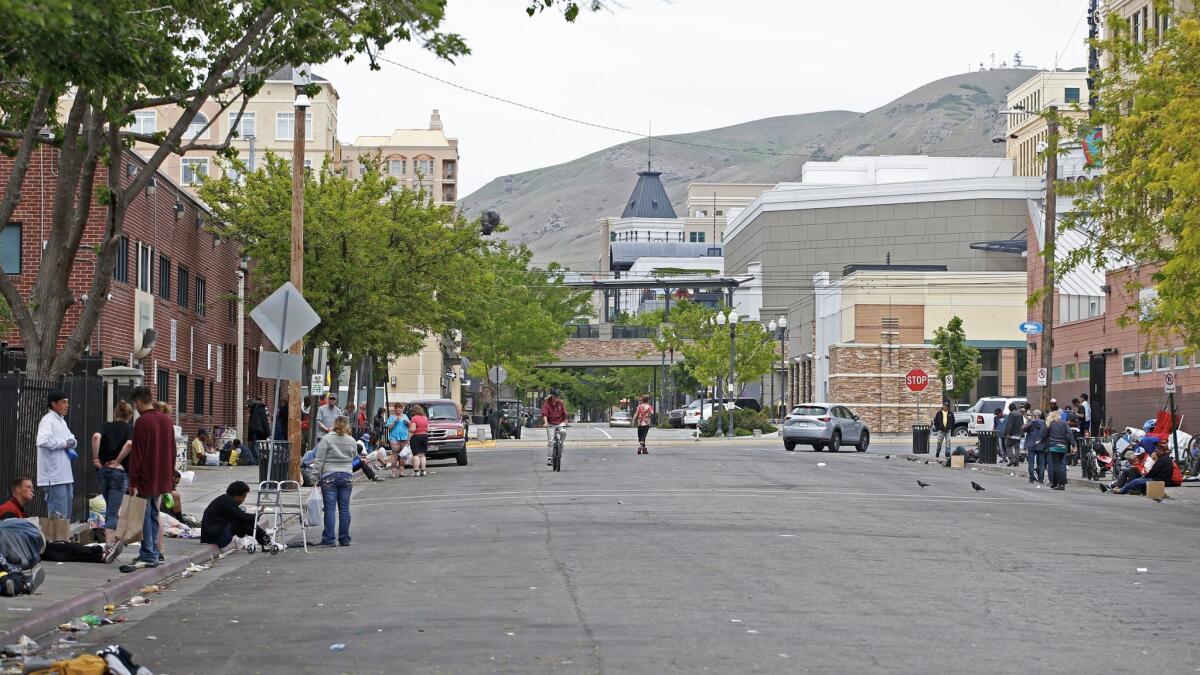
Now he says he is confident that intense services with an emphasis on housing, coupled with the city’s plans to spur affordable housing construction, will allow for fewer beds to get more people off the streets.
“Our goal is to reduce the demand for shelter by focusing on the pipeline,” McAdams said.
One part of the pipeline is the jail system.
“We found over a third of people who are homeless who are using our shelter today will spend on average three months or more in the Salt Lake County jail,” McAdams said.
The county has received a grant to start a rapid rehousing program for homeless people leaving the jails. The University of Utah is picking clients for the program to conduct a random trial, the first of its kind in the country, McAdams said.
Few doubt that the new shelters will be more effective than the Road Home.
Despite efforts to provide services tailored to each homeless person’s needs, the Road Home has had to impose military-like order to serve so many people. Each morning, men file out of dorms that hold 12 to 120 bunks. Cleaning crews go through, filling plastic bags with trash and sponging the mattresses and steel shell bunks with disinfectant.
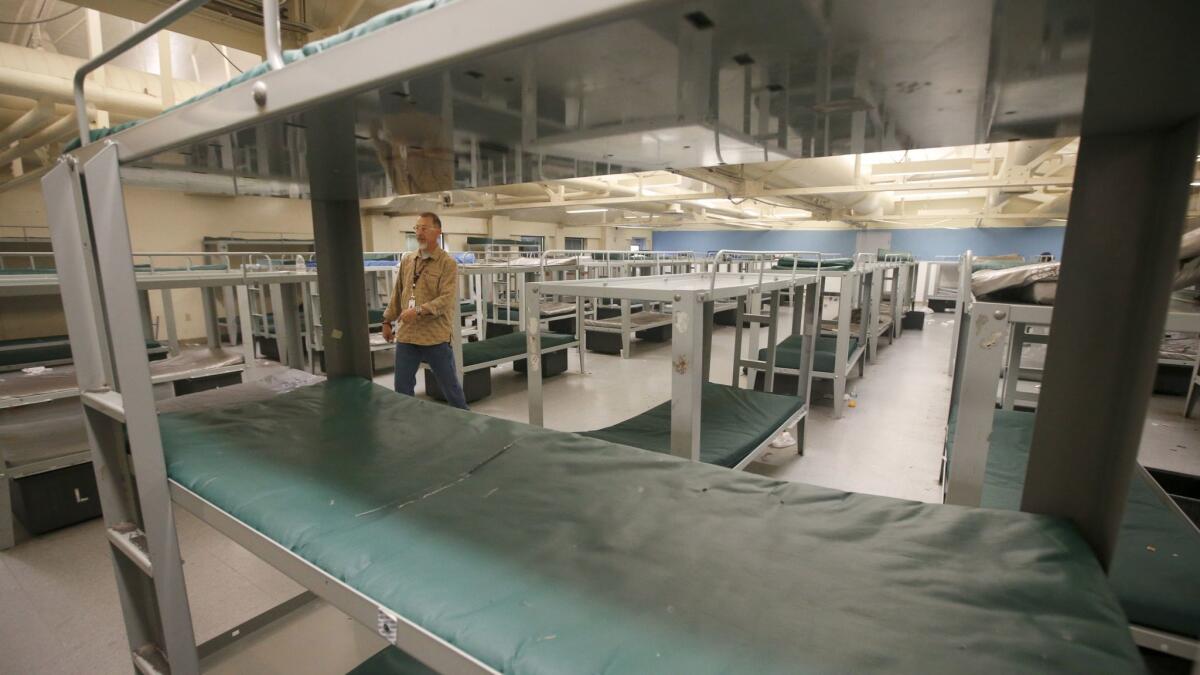
As each dorm is ready, the men congregating outside come back through intake processing, each swiping the plastic bar code that identifies them in the Homeless Management Information System.
Executive Director Matt Minkevitch already is focused on the first phase of decommissioning his shelter — a July 15 deadline to obtain housing for 34 families squeezed into the Road Home after the agency’s 300-bed family shelter on the outskirts of town filled up last year.
“It’s more than just solving for 34,” Minkevitch said. “Beyond that, we have to take into account the number of families that are coming to us and the flow out of our other facility. We’ve serviced about 500 families here in the last year and a half.”
Once over that hurdle, Minkevitch will have just two years to shepherd hundreds more men and women out of the shelter to avoid a massive eviction.
He acknowledged being apprehensive, but offered one insight that could work in his favor.
An analysis of the Road Home’s clientele over a five-year period showed that 60% of its beds were occupied by only 13% of its residents.
The new shelters will offer more in-depth services aimed at getting long-term residents — those who stay six months or more — into housing. Those efforts, he hopes, will free up shelter beds for people who are able to quickly get back on their feet.
“That person, by vacating the shelter if they’ve been in the shelter 180 nights,” Minkevitch said, “we’re going to serve anywhere between five to 15 people with that bed.”
ALSO
Kids in pro-Trump rural areas have a lot to lose if GOP rolls back Medicaid
Now involving Reddit and neo-Nazis, the spiraling Trump-CNN feud is 2017 in a nutshell
Here’s why a growing number of states are pushing back against Trump’s voter fraud commission
More to Read
Sign up for Essential California
The most important California stories and recommendations in your inbox every morning.
You may occasionally receive promotional content from the Los Angeles Times.











